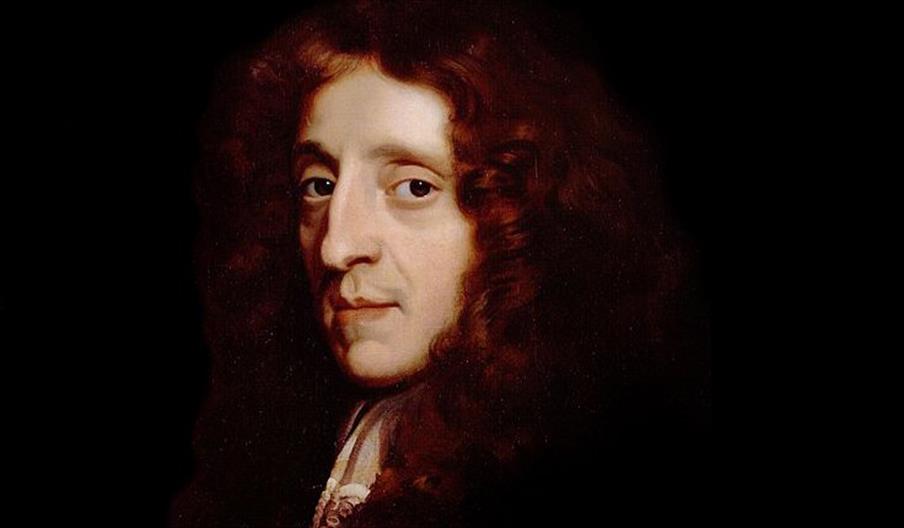Book Tickets Online
About
John Locke at High Laver
John Locke, arguably the most influential philosopher of the Age of Enlightenment, lived in High Laver at Otes, the country estate of Lord and Lady Masham, where he was their guest. He is buried in the church at High Laver in 1704. He was one of the most celebrated intellects of his time and although his importance faded after his death, his influence became prominent again when his ideas on liberty were taken up by the Founding Fathers of America and a whole passage of his writing was used in the Declaration of Independence. A plaque over his tomb reads: “In grateful memory of JOHN LOCKE 1632 – 1704 who lies buried here. His philosophy guided the Founders of America. Erected by the American and British Commonwealth Association of the United States, 1957”.
That his final portion of his life was spent at High Laver was on account of Lady Masham of Otes Manor who had been a close friend of John Locke for a long time. Born Damaris Cudworth, her father had been Master at Christ’s College Cambridge and both he, and his circle of academics ensured her education and intellect. By 1682, at 23, Damaris was well read in contemporary philosophy and in regular correspondence with John Locke. Three years later she married the widow Sir Francis Masham of Otes and became Lady Masham. Locke wrote of her “The lady herself is so well versed in theological and philosophical studies, and of such an original mind that you will not find many men to whom she is not superior in wealth of knowledge and ability to profit by it”. John Locke was offered the two best rooms in the house and moved into Otes in 1691, bringing with him 2,000 books. Much of Locke's Will was devoted to gifts, legacies and arrangements for Lady Masham and her son Francis Cudworth Masham.
The life of John Locke
Both John’s parents were Puritans, his father being an attorney and cavalry captain during the English Civil War. He was born in Somerset and grew up near Bristol before attending the prestigious Westminster School in London, funded by his father’s old commander, Alexander Popham. At the age of 25 in went on to Christ Church Oxford. He was introduced to medicine and experimental philosophy and the teachings of the Royal Society. He gained a Masters in 1658 and a Bachelor of Medicine in 1675.
In 1666 Locke met Lord Cooper, the 1st Earl of Shaftsbury, who persuaded him to move to his home in London as his personal physician. This enabled him to continue his medical studies which included watching early (and experimental) operations on the living and dissection of the dead. The skills and knowledge he acquired were put to good use when he performed dangerous surgery on Shaftsbury’s liver and removed a cyst thereby saving his life. Locke was also able to expand his philosophical thinking and discuss his ideas with the intellectuals around him. Locke also served as Secretary of the Board of Trade and Plantations and as secretary to the Lords Proprietor of Carolina in the Americas.
Being closely connected to Lord Shaftsbury, Locke was also connected to his master’s politics. Shaftsbury was one of the founders of the Whig Party and became Lord Chancellor in 1672. However when Shaftsbury fell from favour in 1675, Locke travelled to France, returning in 1679 when Shaftsbury’s fortunes reversed. However in 1683 Locke again left the country, this time for the Netherlands. The cause was suspicions being put about that he was one of the “Rye House Plotters”, a group of Whig extremists who planned to ambush and kill King Charles II on his journey back from the races at Newmarket. The route would take the royal party past Rye House in Hoddesdon where the plotters would be based, ready to ride out and carry out the assassination. A fire at Newmarket meant the journey never took place and informers caused the plot to be uncovered. As the arrested traded pardons for information, the names of those alleged to be involved grew and Locke was implicated as he had connections to the Whig party and to many of those involved.
Whilst in the Netherlands, Locke had plenty of time to discuss his ideas with like-minded intellectuals and put them to paper. In 1688, during the Glorious Revolution, Locke accompanied Queen Mary II back to England after her Protestant husband William had accepted the throne on their behalf. Back in England new essays and revisions to some previous works, were published to great acclaim.
In 1691 he moved to Otes where he continued his work and correspondence until his death in 1704.
Find out more about the Masham family and a real-life historic role as a key charcater in the acclaimed film The Favourite!















